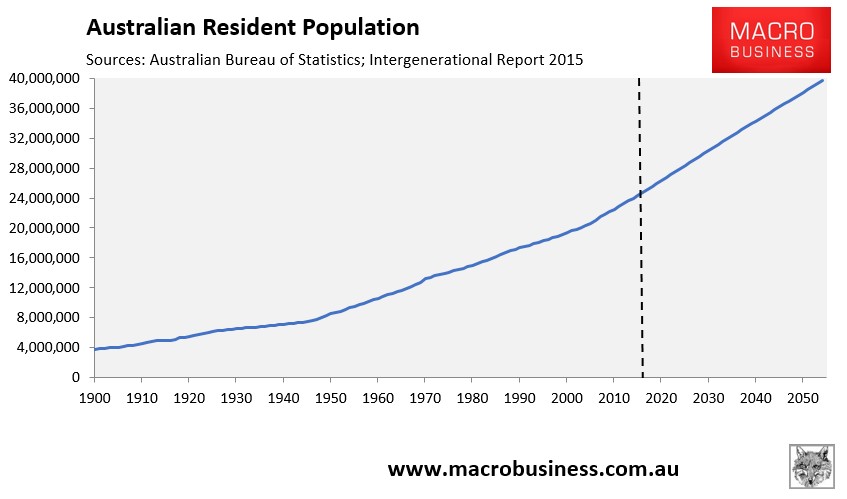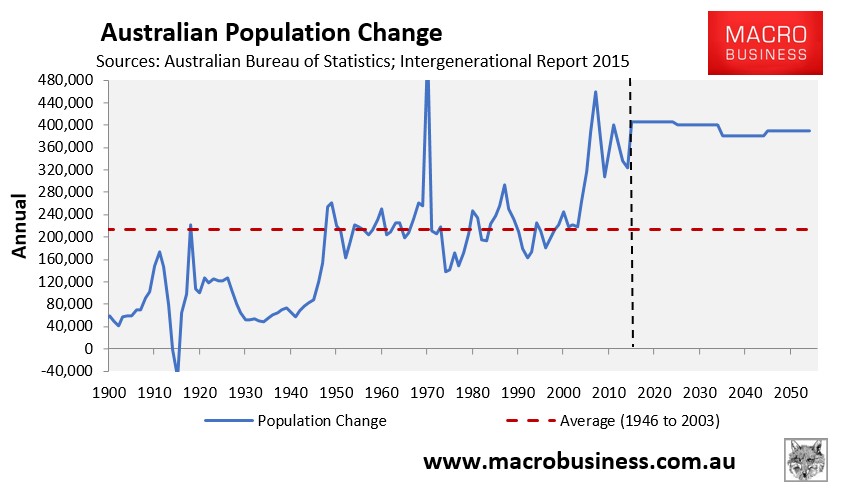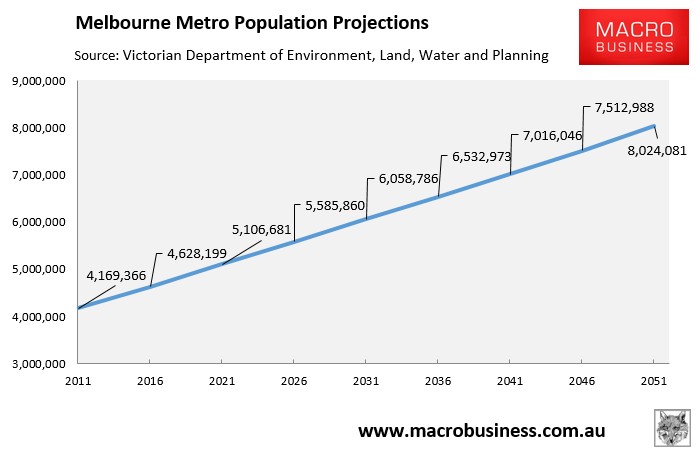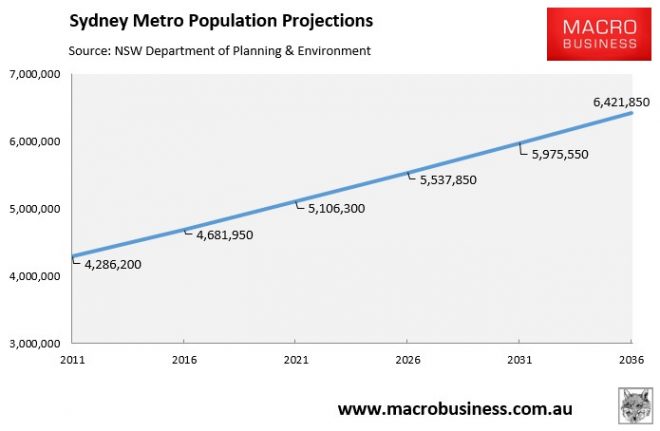Michael Bayliss and Mark Allen have penned an excellent piece over at New Matilda calling on the left to stop ceding the immigration debate to the likes of Donald Trump and Pauline Hanson and instead offer a sensible alternative that balances sustainability with social justice:
The very mention of the word ‘sustainable population’ has proven to be a poison chalice to many on the left since the late 1990s, and probably for quite some time before that.
Firstly we had Pauline Hanson who proclaimed that we were being ‘swamped by Asians’. This put the first nail in the coffin…
Later, in 2002, John Howard won an election campaign over the Tampa ‘crisis’ and the slogan ‘we will decide who comes into this country’. A decade and a half later, we had Brexit in Britain, One Nation (again!) and Manus Island cover-ups in Australia. At a global level we have recently witnessed the rise of Donald Trump in the US as well as a growing right wing nationalist sentiment in Europe.
Once again, it appears that population = illegal immigrants = the rise of conservatism.
No wonder many on the left avoid the topic like the plague…
Yet to ignore the population issue means that people like Trump and Hanson seize the narrative…
As a result we see the population issue manipulated to meet an agenda that singles out a particular demographic or demographics. A prime example of this was when LNP candidate Fiona Scott tried to blame increased congestion in Western Sydney on asylum seekers during the 2013 election campaign. This is despite the fact that refugees comprise a small fraction of Australia’s overall annual population growth.
Rational discussion by those on the left would not only allow commonly repeated untruths such as this to be shown up for what they are, it would also provide an avenue for people to discuss population without feeling that they are being disenfranchised by their peers on the progressive side of politics…
Secondly, as long as the left avoids the population issue, we continue to play into the hands of big business, mainstream politicians, economists, and other powerful people who have a vested interest in maintaining a high level of population growth.
In a recent article in the Australian Financial Review, “Australia’s most prolific apartment developer” Harry Triguboff was asked about the potential oversupply of apartments in Sydney and Brisbane leading to falling rents, to which he responded, “I will simply bring in more migrants”…
We do not expect everyone on the left to agree, but to close down all discussion on population could have far reaching consequences in these uncertain times.
The article, which I highly recommend that you read in its entirety, highlights several pertinent points.
First, the initial rise of Pauline Hanson following the 1996 federal election fractured The Greens and caused them to abandon their long-held opposition to mass immigration.
As documented in Green Left Weekly in 1998, fears of being associated with Hanson’s “racist” and “xenophobic” views caused The Greens to abandon their policy of “stabilising” Australia’s population and “a zero net migration policy” to one of opposing cuts to immigration. Since that time, Australia’s population has surged by nearly 30%, mostly via immigration, without a whimper of opposition from The Greens or the left more generally.
Former Prime Minister John Howard wedged the left even further he performed an immigration ‘bait-and-switch’ in the early-2000s, effectively slamming the door shut on the relatively small number of refugees arriving into Australia by boat all the while stealthily shoving open the door to economic migrants arriving here by plane.
John Howard never articulated to the Australian people that the Government was going to dramatically expand the nation’s immigration intake. Why? Because he knew the electorate would be against it. Instead, Howard scapegoated refugees to give the impression that he was stemming the migrant inflow while proceeding in secret with his ‘Big Australia’ plan.
And rather than oppose the subterfuge, the left stood by silently for fear of being labelled “racist” and “xenophobic” if they opposed such high levels of immigration.
Rather than “stabilising” the population, as initially advocated by The Greens, Australia is now on track to nearly double in size to around 40 million people by 2055:

Driven by annual population growth that is nearly twice as high as the post-war average, mostly via immigration:

With both Melbourne and Sydney projected to grow at a breakneck pace for decades to come:


It is the above massive increase in population that is the key reason why many of us living in the major cities are stuck in traffic, cannot get a seat on the train, are experiencing crowded hospitals and schools, and/or cannot afford a home.
The net result of this “Big Australia” policy is that living standards are being eroded as the capacity of the economy and infrastructure to absorb all of the extra people is overwhelmed, and the country’s natural resources base is diluted among more people.
With the debate over immigration heating-up both in Australia and abroad, it is high time that The Greens entered the fold and advocated on behalf of Australia’s environment and living standards.
In order to satisfy its support base, and ensure social justice concerns are met, I recommend that The Greens argue to increase Australia’s humanitarian intake (currently 14,000 per year) while cutting back massively on Australia’s economic intake (currently around 190,000 people per year). This way it could achieve both goals: reducing population growth and saving the environment while also being a good and caring global citizen. After all, when it comes to protecting the environment, it is the overall numbers that matter, not how the migrants come.
Of course, The Greens should also highlight the associated benefits from running a moderate immigration program, including less pressure on housing and infrastructure. But the environment should be its main focus.
The key point is that The Greens, and the left more generally, must stop ignoring the whole population issue and actively enter the debate. Otherwise, they will be left behind – both in a policy sense and at the ballot box.

